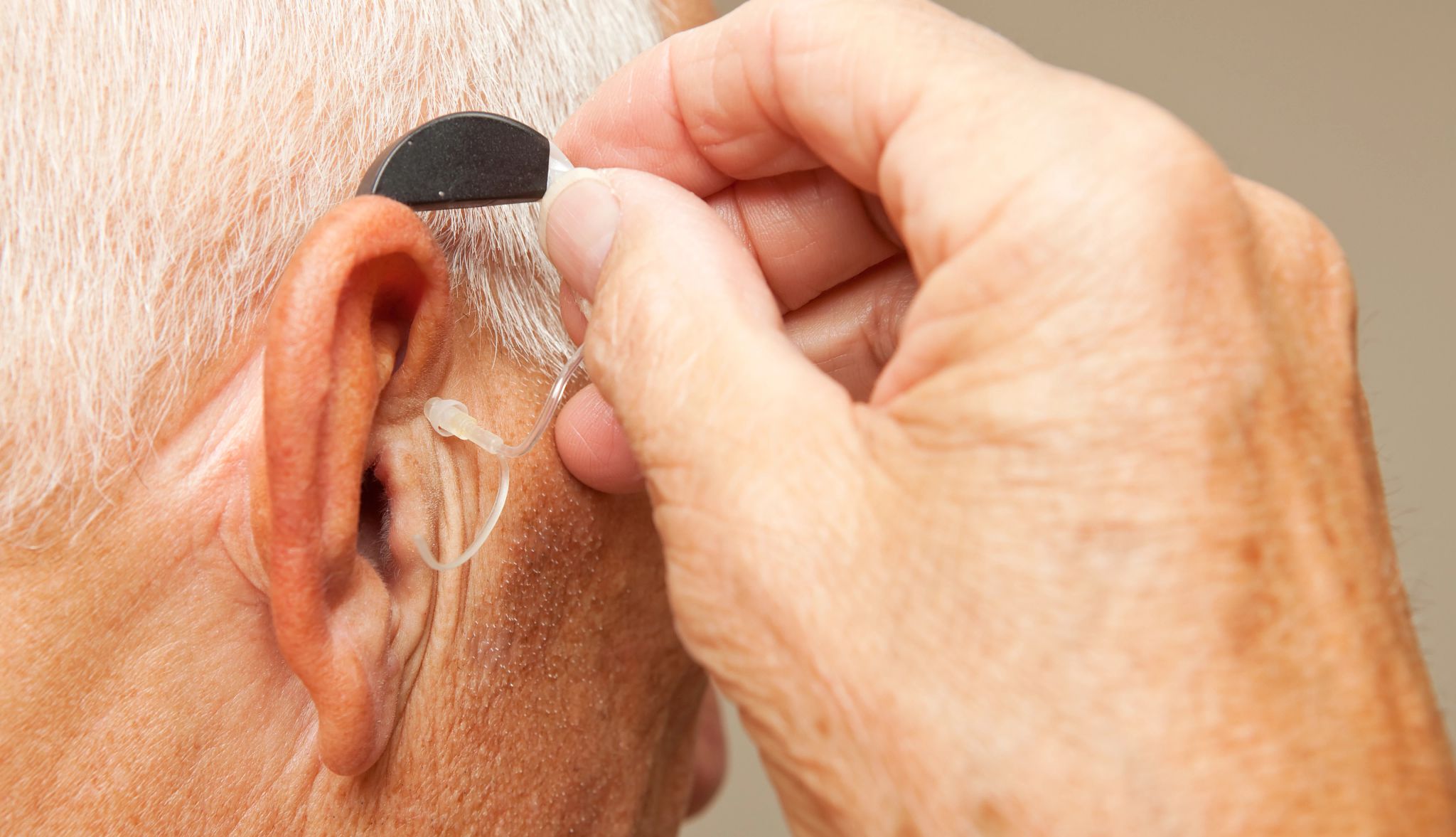AARP Hearing Center


If ever there was a time to get serious about exercise, a prediabetes diagnosis is it. Study after study (after study ...) shows that regular exercise can help you to keep from crossing that line into type 2 diabetes — and to avoid the serious health consequences that come with it. If you already have diabetes, working out is key to managing blood glucose levels.
"Exercise is what helps prevent and treat the disease itself,” says Kara Mitchell, wellness manager at the Duke Health and Fitness Center in Durham, N.C. “The more we use our muscles, the better our body can take in glucose and use it appropriately.”
Ready to get started? Here are some tips to keep in mind — including the optimal time to schedule your workouts to best fight diabetes, and the specific types of exercise to consider.
Get the green light from your doctor
If you're just starting out, talk with someone on your health care team—your doctor or diabetes educator — to help map out an exercise strategy that makes sense for you, especially if you take insulin. The American Diabetes Association (ADA) recommends at least 150 minutes per week of moderate-intensity aerobic activity (a brisk walk or cycling, for instance). That's the number researchers associate with improved blood glucose levels, as well as a reduced risk of cardiovascular disease, stronger bones and improved mental health.
"If you're just starting out, begin with 10 to 15 minutes per day of what feels like moderate exercise — that means that while exercising you should be able to complete full sentences, but it should be difficult to sing — and increase that by three to five minutes every week,” suggests Matthew Schoenherr, a clinical exercise physiologist and certified diabetes educator in San Diego.
To stay motivated, make sure your exercise plan syncs up with your interests, abilities and lifestyle (can you stick with swimming if the nearest pool is a 45-minute drive away?). For instance, if you have nerve damage, vision loss or arthritis — all complications of diabetes — your health care provider may recommend specific ways to reach that 150-minute mark. Something else to keep in mind: You can exercise in increments — 20 minutes at lunch, 15 minutes after dinner — and reap the same health benefits.

































































More on Health
What You Need to Know About Insulin
Who needs it, how it’s prescribed and questions to ask your doctor
How Diabetes Drugs Help Your Heart
Understanding how to reduce the toll diabetes — and prediabetes — can take on cardiac health